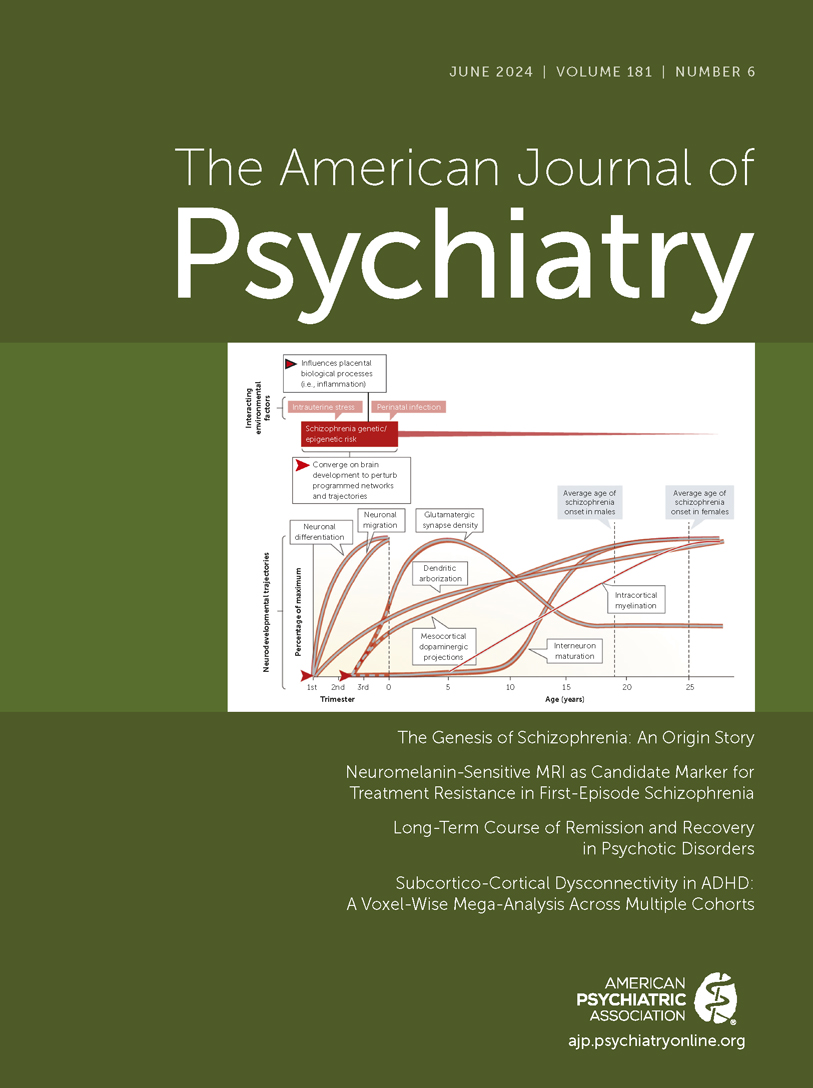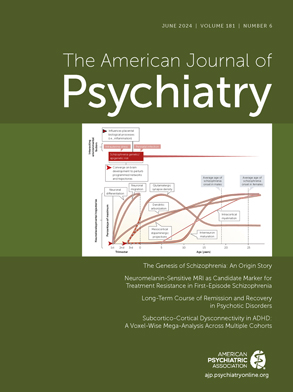The investigation of strategies for improving memory and other forms of cognition is as old as antiquity. Texts from ancient Greece, attributed to the lyric poet Simonides of Ceos (b. 556 BC) provide detailed descriptions of procedures for building “memory palaces” by which to-be-remembered items can be placed, in our imagination, in geographical locations in a familiar physical environment (
1). In other words, if I need a half dozen eggs, a pound of flour, and a quart of milk at the supermarket and I want to look for the items in this specific order to maximize my efficiency at the store, I can create a memorable image of each item and place that item in a well-known geographical location. For example, a first image of six cracked eggs on my white bedsheets, a second image of a pound bag of flour ripped open and poured all over the hardwood doorstep leading out of my bedroom, followed by an image of pooled milk on the red tile bathroom floor located down the hall from my bedroom. Controlled trials show that this type of imagery enhances episodic recall in both healthy samples and people with psychiatric illness (
2,
3).
While identified by Kraepelin in his original descriptions of the disorder (
4), the fact that many people with schizophrenia spectrum illness suffer from substantial memory deficits along with a wide array of other cognitive deficits was not understood as a major and enduring feature of the illness until the 1990s (
5). A scientific consensus on the role these deficits play as potential barriers to acquisition and deployment of social skills, negotiating activities of daily living, obtaining and maintaining gainful employment, and acquiring skills in programs in psychosocial rehabilitation emerged soon after, in the early 2000s (
6). Given the profound and sustained social and functional disability evident in people with chronic forms of schizophrenia spectrum illness, pharmacologic and behavioral approaches to treatment of these deficits have been undertaken in earnest.
Cognitive remediation is a behavioral training intervention targeting cognitive deficits (in attention, memory, executive function, social cognition, or metacognition), using scientific principles of learning, with the ultimate goal of improving functional outcomes. These interventions typically focus on a mix of component training elements: drill-and-practice cognitive exercises (e.g., practicing responding to a yellow target as rapidly as possible while inhibiting responses to a blue distractor stimulus) that are hypothesized to strengthen underfunctioning neural systems by task repetition and careful titration of task difficulty (cognitive tasks become more difficult as mastery is attained); provision of cognitive strategies to help clients bypass deficits in cognition (e.g., chunking information while encoding to-be-learned information [860542135 becomes “860” “542” “135”]); and environmental prosthetics, to help the client work around the impaired cognitive domain entirely (e.g., use of a calendar for important meetings, use of sticky notes to remind the client to use the calendar). While treatment programs vary in the degree to which they rely on any one approach, most programs include a mix of approaches. A recent white paper on core CR techniques by thought leaders in the field (
7) has identified the most potent factors for improving cognition and function: facilitation of CR by a therapist, cognitive exercise, procedures to develop problem-solving strategies, and procedures to facilitate transfer of strengthened cognitive skills to real-world functioning are all key elements of successful CR programs.
A burgeoning research base has revealed that CR for schizophrenia spectrum illness works. A recent meta-analysis from our research group (
8) limited to programs of CR focused on non-social cognition found that among 73 unique randomized clinical trials, CR in schizophrenia spectrum illness produced significant small to moderate improvements in all domains of cognition studied (Hedges’ g values, 0.19–0.33), and a significant small improvement in function (Hedges’ g, 0.21). CR programs that have a discussion (“bridging”) group to help apply learned cognitive skills to everyday life produced larger effects on global cognition and verbal memory. CR programs with strategy coaching produced larger effects on episodic memory. These findings have been confirmed in other meta-analyses with broader intervention inclusion criteria (
9). CR thus clearly represents a new frontier in the treatment of cognitive deficits associated with schizophrenia spectrum illness. And yet, the promise of these findings becomes more tenuous if treatment effects are only transient and treatment participants revert to baseline levels of cognition rapidly after treatment cessation.
Until now, the small number of studies including extended follow-up periods has made conclusions regarding CR durability difficult. This issue of the
Journal, however
, includes a meta-analysis by Vita et al. (
10) that provides, for the first time, persuasive evidence that treatment effects of CR for people with schizophrenia spectrum illness are quite durable even after an average of a 6-month follow-up period. The study was carefully conducted and consisted of data from 67 underlying randomized clinical trials and over 5,000 participants. The results revealed several important findings. First, effects of CR on summary measures of cognition were significant, homogeneous, and persistent at a mean 6-month follow-up as compared with pretreatment cognitive scores and a control group (d=0.23). Second, and perhaps more importantly, CR-linked improvements in function, such as presence and quality of social relationships, work function, and skills in independent living, were also evident at follow-up when compared with pretreatment scores and with a control group (d=0.26) and were more heterogeneous than those for cognition. Importantly also, effects of treatment did not change for either outcome when follow-up data were compared with improvements evident at the end of active treatment.
The authors also report that durable cognition and function outcomes from CR remained robust in the face of different sample ages, IQ, illness duration, antipsychotic dosage, and magnitude of positive and negative symptoms. Factors that were associated with greater durability of effects on function included provision of strategies for transferring acquired cognitive skills to everyday life, administration of CR in a group setting, and administration of CR with other psychosocial interventions.
The findings suggest that the type of learning that occurs in CR may be more analogous to nondeclarative or motor learning—learning that typically occurs after multiple training trials, does not require conscious recollection, and once learned is highly persistent, for example, riding a bike. This type of learning is distinct from declarative memory, which involves conscious recollection of facts and events and is both easily formed and easily forgotten (
11).
Given the evidence that CR works for people with schizophrenia spectrum illness and that effects persist for at least 6 months, three key issues confront the field. First, while CR effects on cognition and function are reliable and clearly robust, they remain small. An effect size of 0.23 on measures of function in the Vita et al. analysis means that 90.8% of the CR-treated groups and the control group will overlap in their distributions of mean study scores on measures of functioning. With respect to probability of superiority, a d value of 0.23 means there is a 57% chance that a person randomly selected from the treatment group will have a higher score on a measure of function than a person picked at random from the control group (
12). Thus, a key future challenge for the field will be to amplify these durable effects.
Importantly, the study results do provide a strong signal to support one approach to this problem: durable effects of CR on function nearly double and rise to the moderate range when CR is offered in the context of other psychosocial treatments (d=0.44). One can speculate that in this context, cognitive gains from CR can be rapidly applied to the more efficient acquisition of critical life skills in psychosocial treatments, which in turn can potentially be practiced in the community during more extended follow-up periods, further solidifying functional gains. Relatedly, future “dismantling” studies will be needed to identify those elements of such variegated approaches to CR that offer the most benefit, to increase the power of these interventions when offered with other psychosocial interventions.
Second, effective dissemination of CR in the community is needed. Simply put, very few people with schizophrenia spectrum illness have access to CR treatments. Given a sustained effect size of 0.23 on cognition and of 0.26 on function for CR, multiplying this difference across a large number of people with schizophrenia spectrum illness participating in CR would result in reductions in treatment-resistant cognitive and functional disability for substantial numbers of clients with these disorders. Particularly given that the World Health Organization estimates that only 31.3% of people with schizophrenia spectrum illness worldwide are receiving any kind of specialized mental health services for their specific symptoms (
13), these results indicate that implementation science studies aimed at identifying factors for successful community uptake will be highly beneficial for the welfare of people with these disorders, as current baseline community penetrance of any disorder-specific treatment for schizophrenia spectrum illness is so low.
Third, very little is known regarding the degree to which CR is equally beneficial to all racial and ethnic groups of people with schizophrenia spectrum illness in the United States and other countries. In the past few years, greater attention has been paid to the degree to which racial and ethnic minorities with schizophrenia spectrum illness benefit from evidence-based psychosocial interventions that have often been studied in largely White samples. It has been known for some time that Black Americans with schizophrenia spectrum illness demonstrate less improvement in negative symptom and functioning outcomes a year after an index psychiatric hospitalization relative to White patients (
14). Black people with schizophrenia also have lower utilization rates for voluntary mental health services than their White counterparts (
15), which has been linked to discrimination and inequitable access to high-quality treatments, among other factors (
16). Future research will need to address these gaps in treatment participation and outcome as they may pertain to CR.

